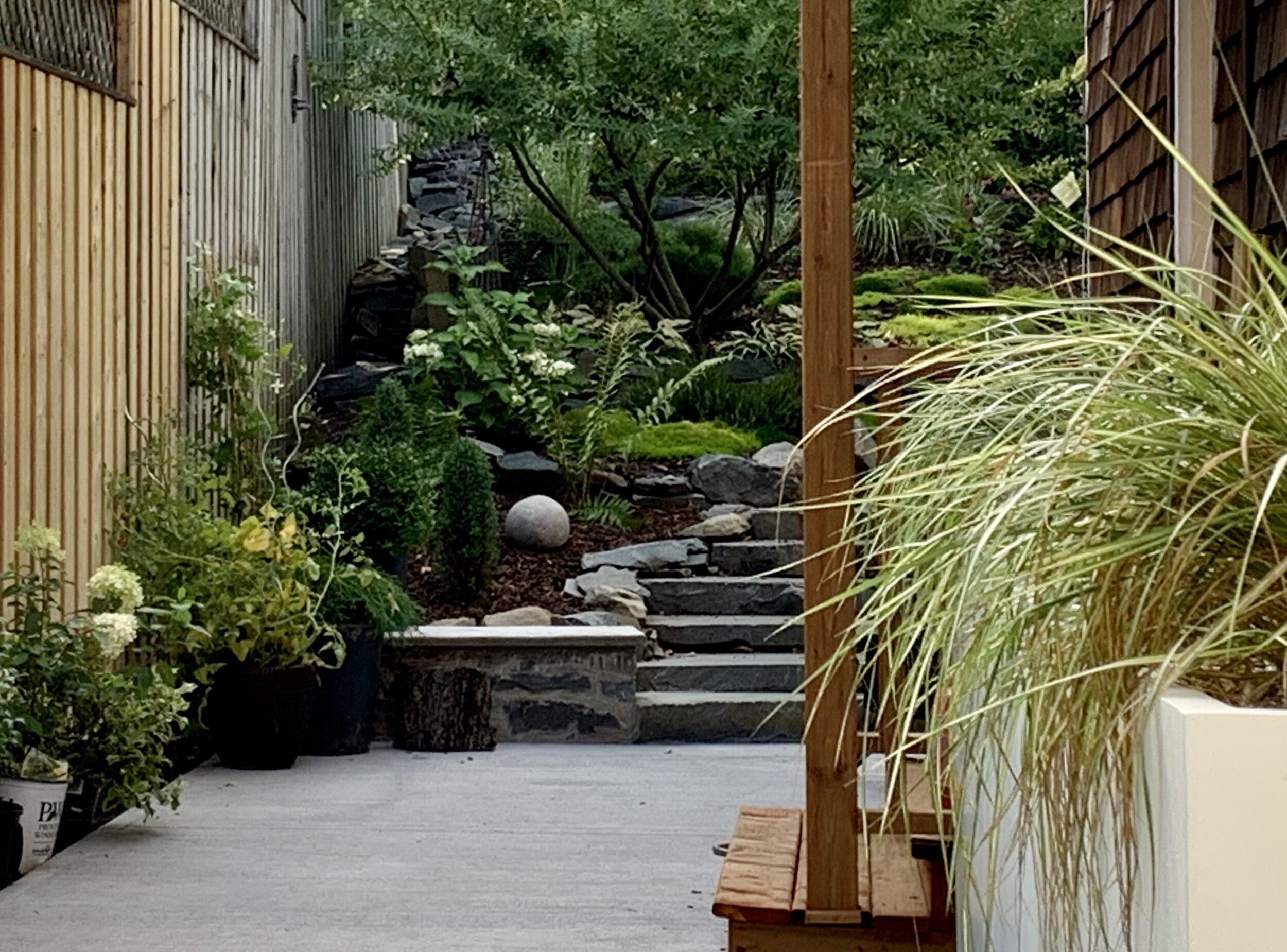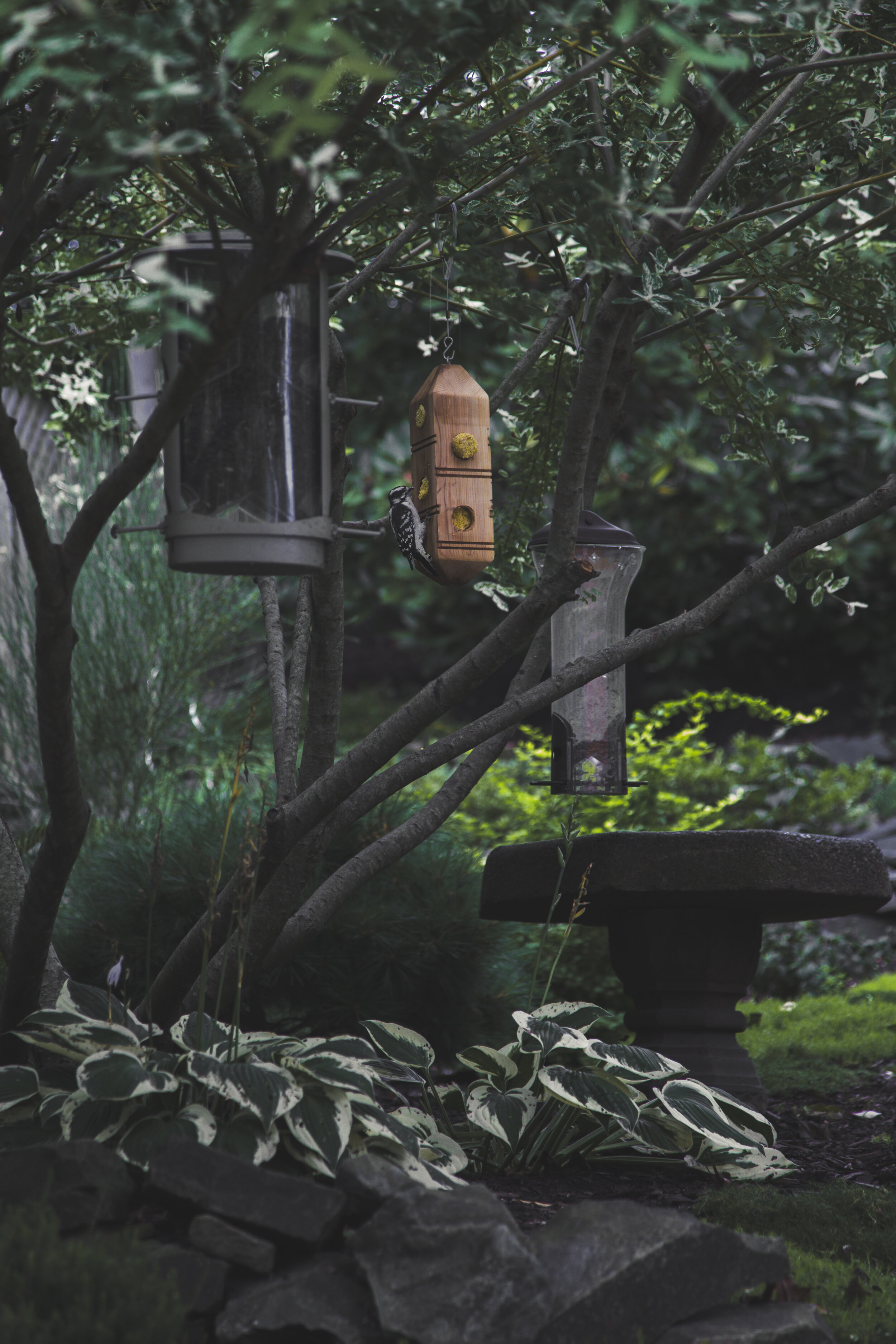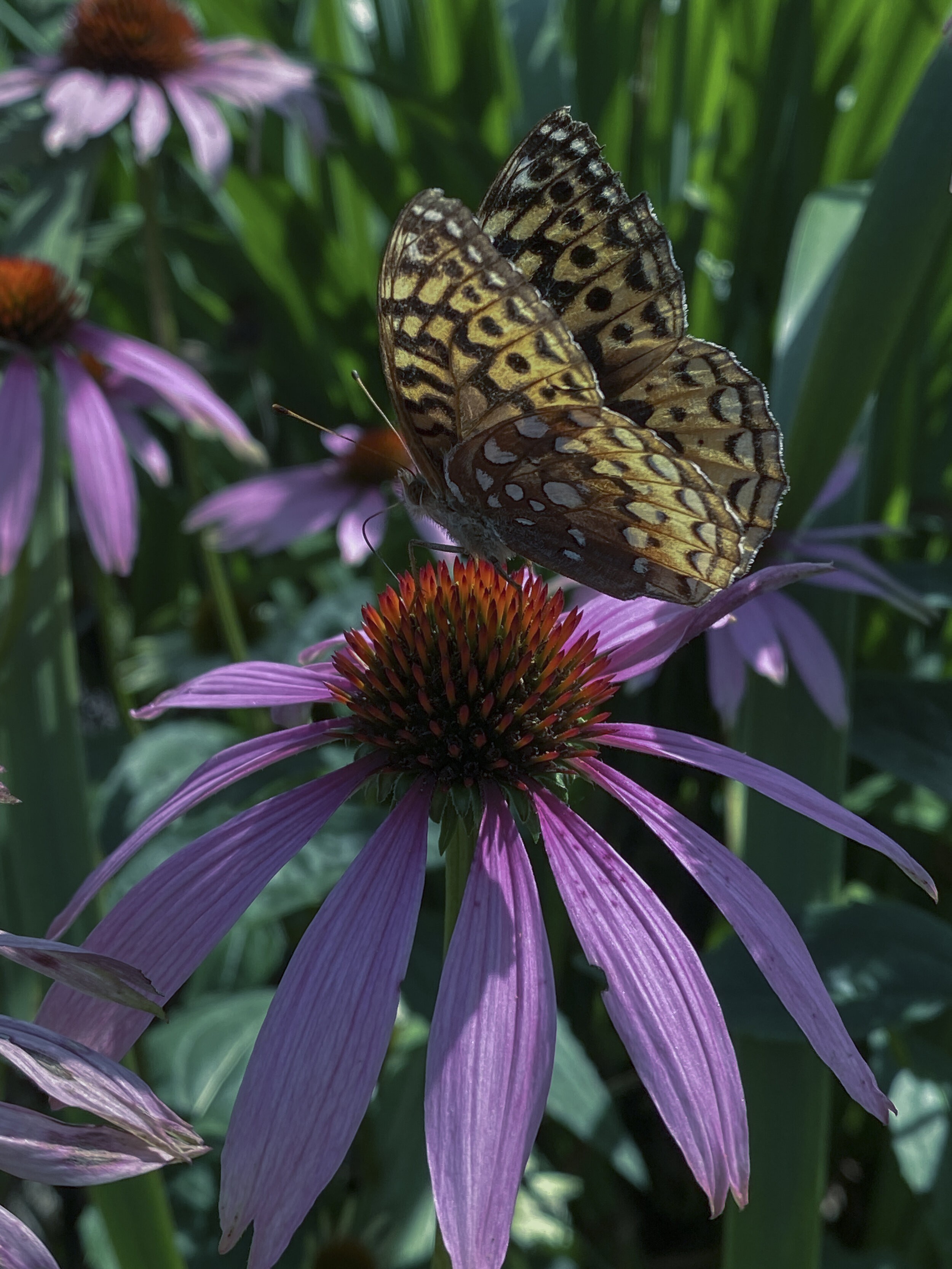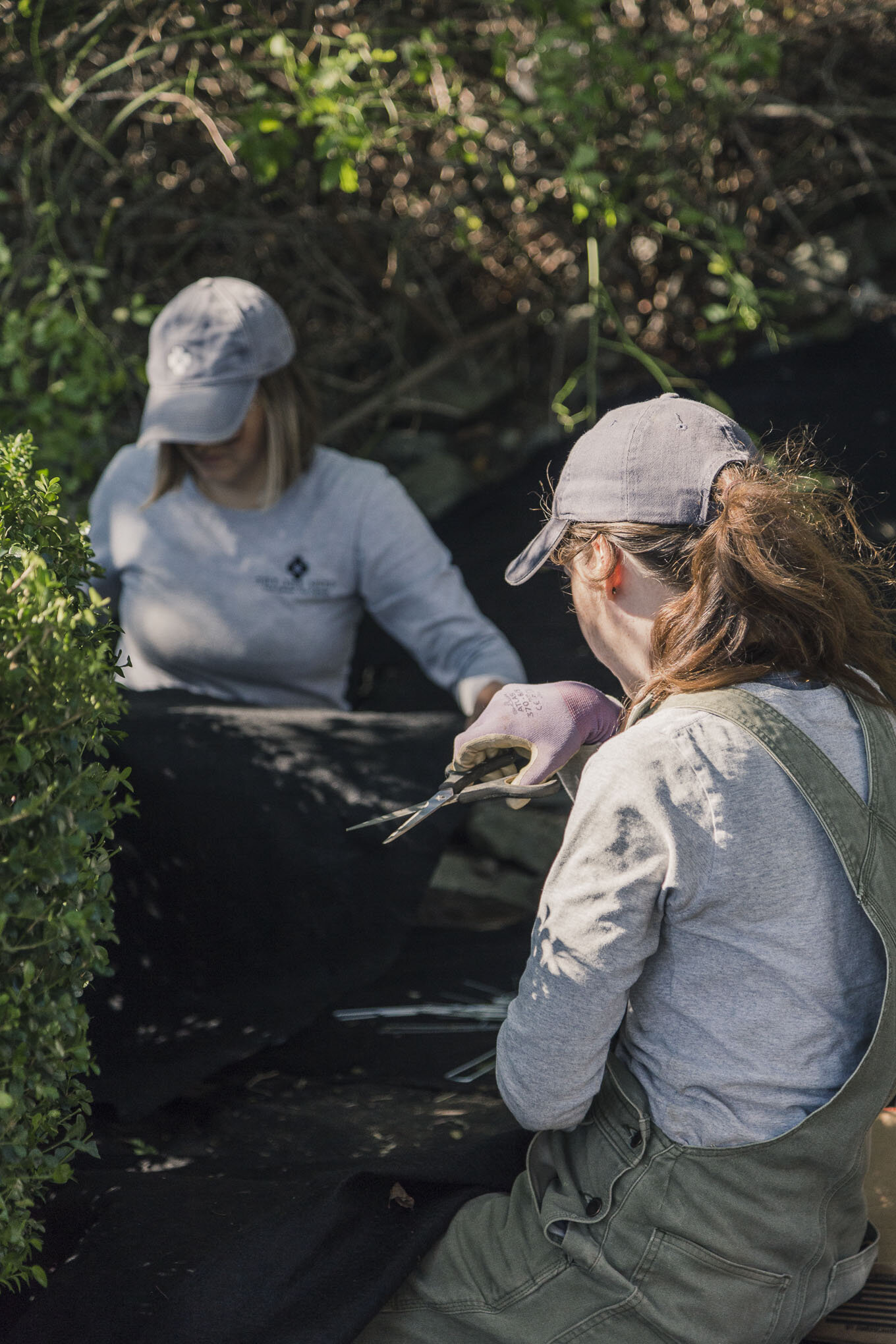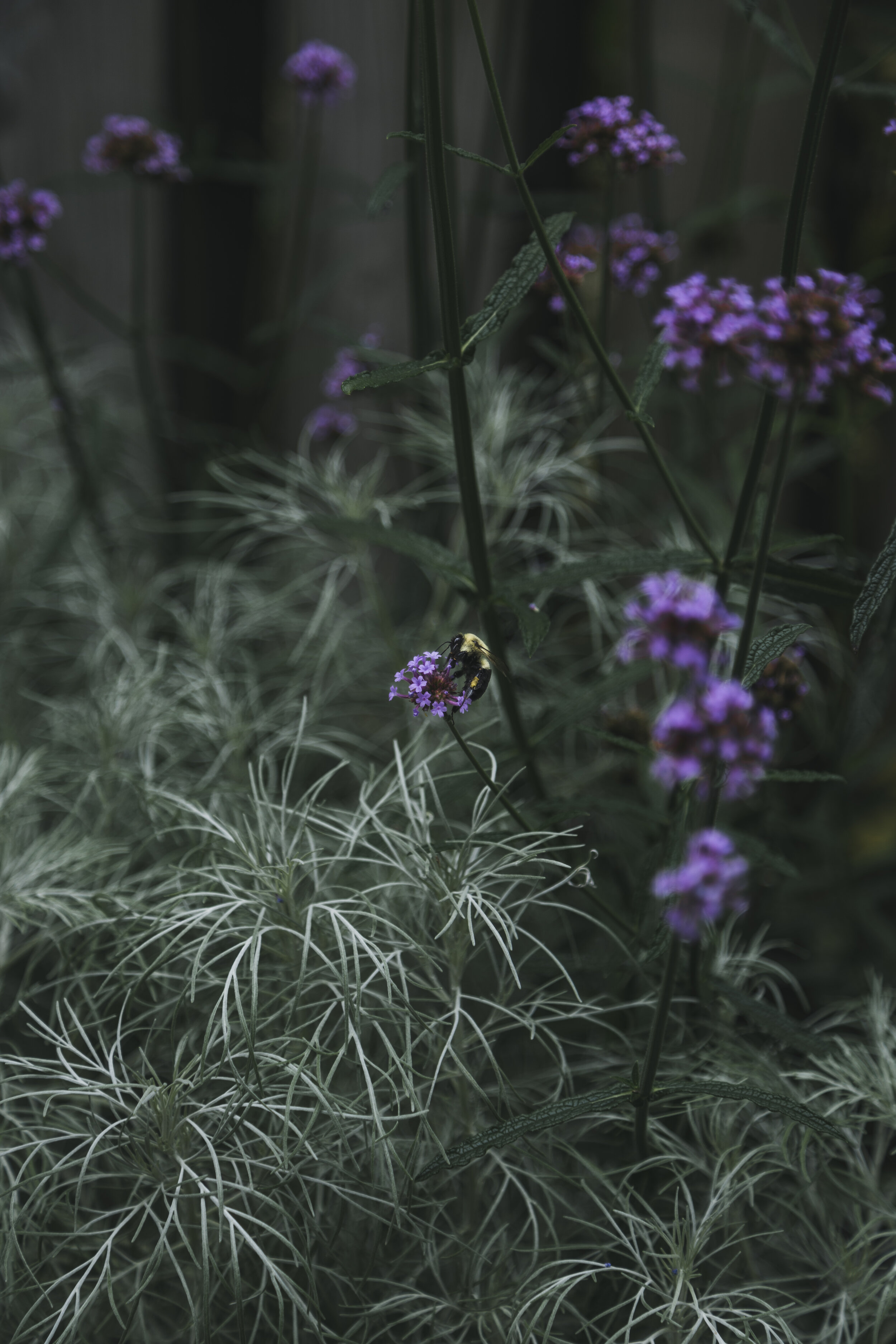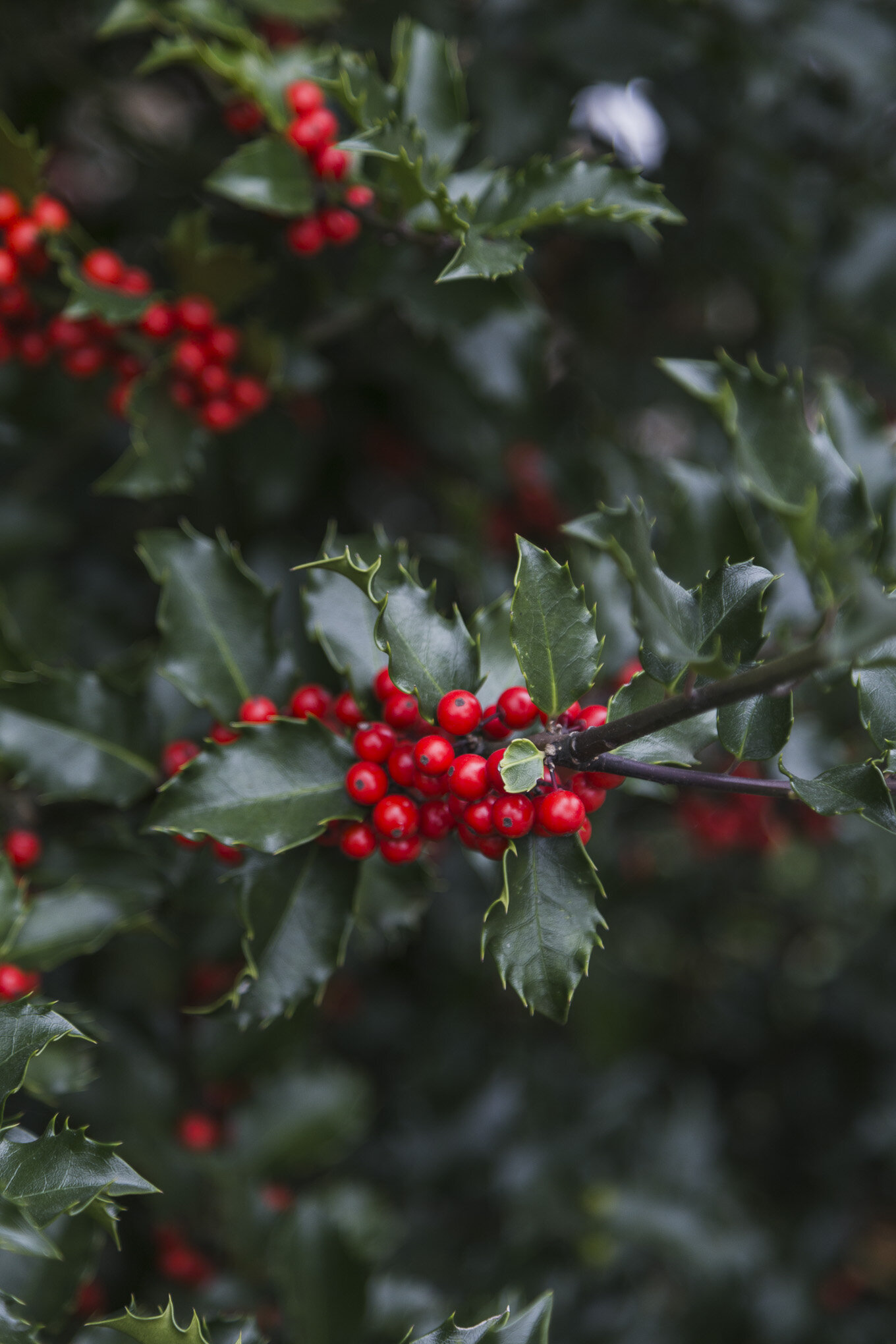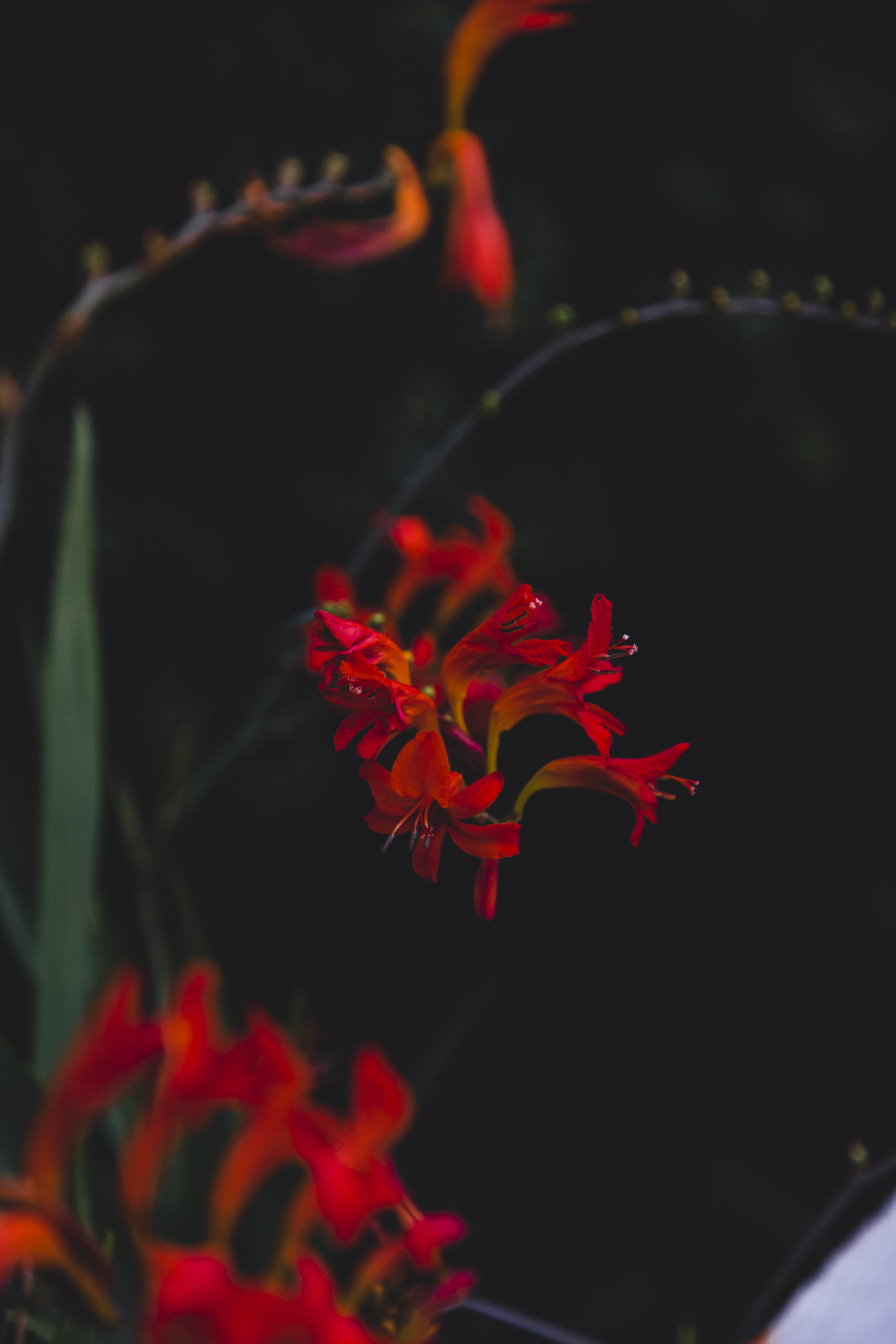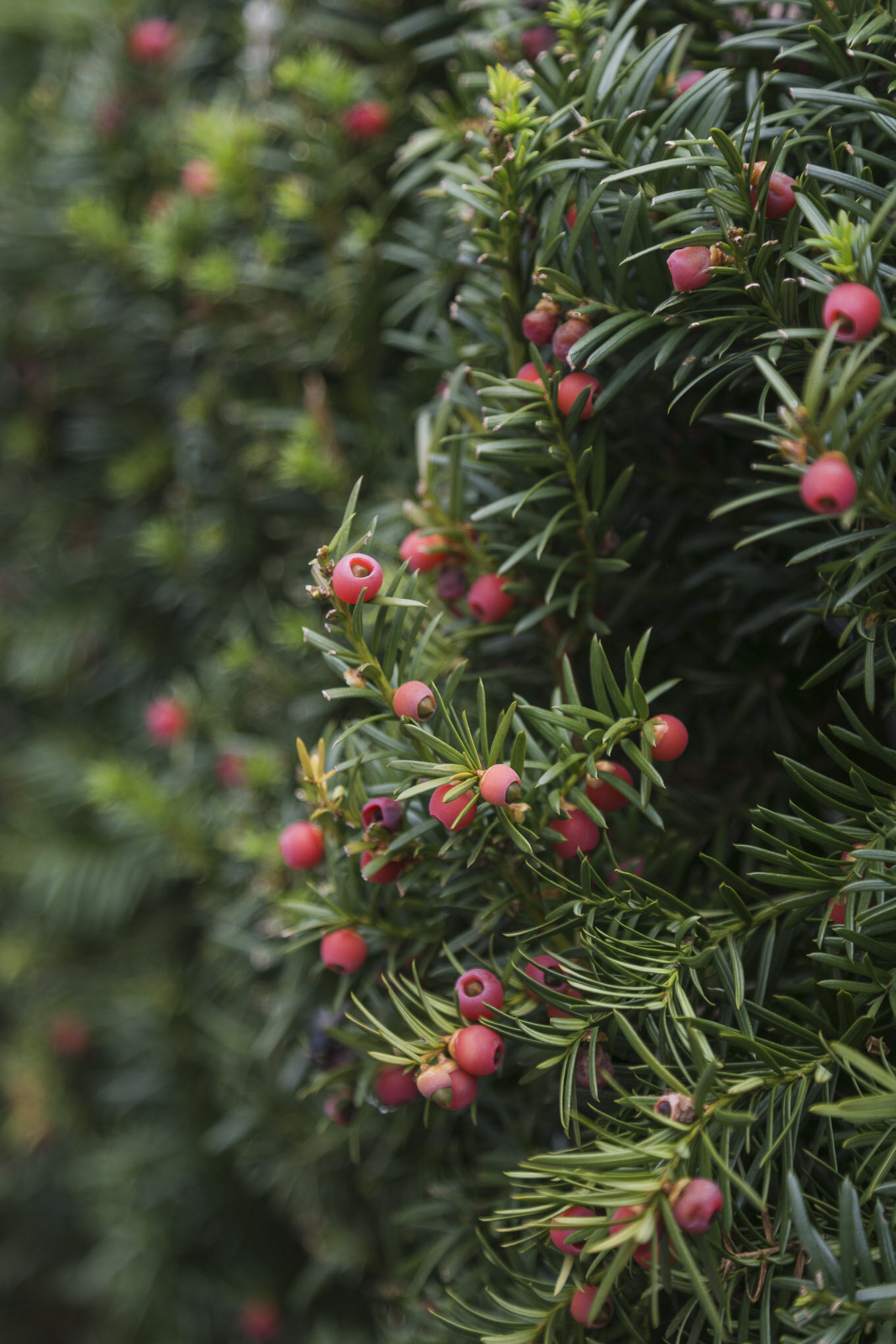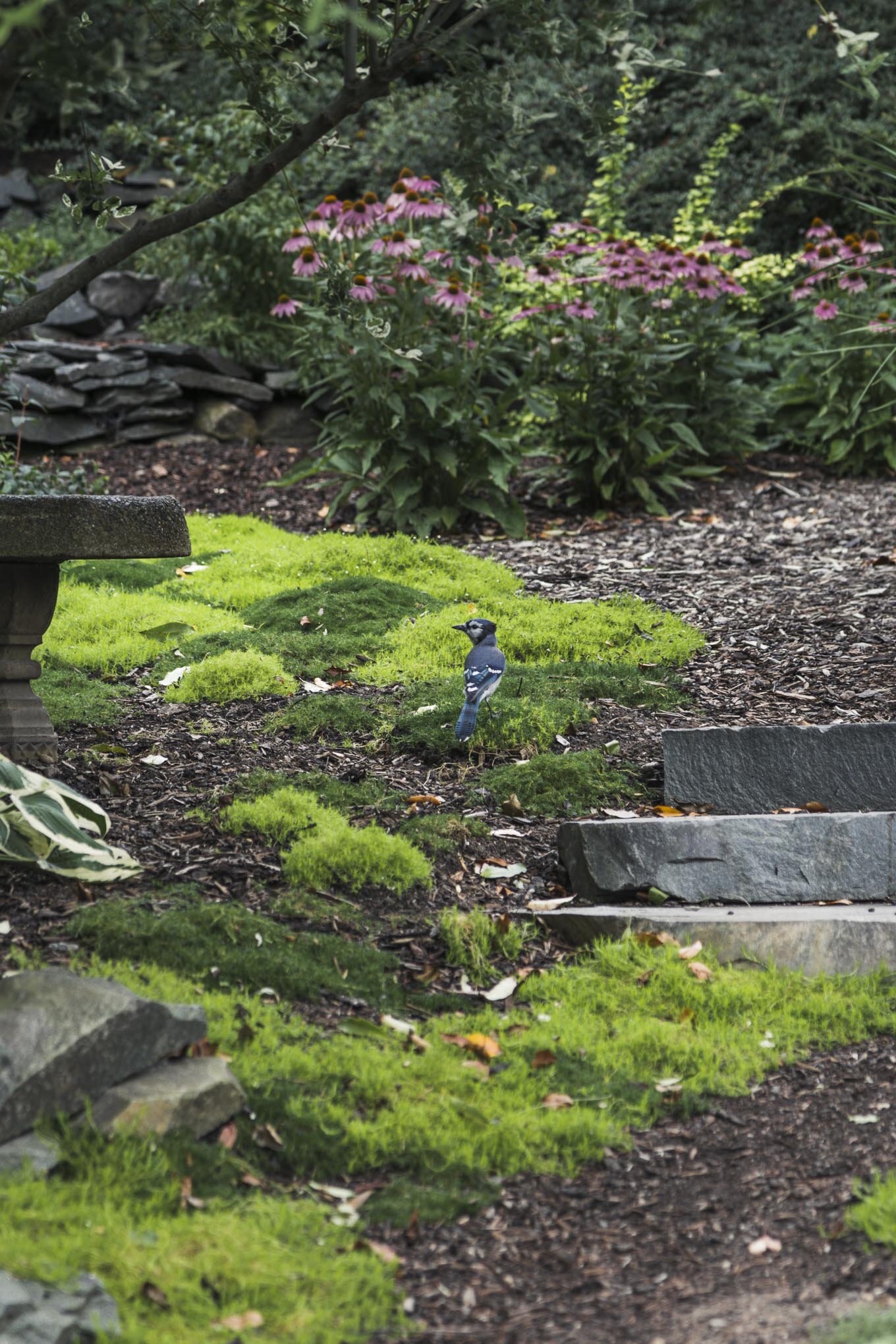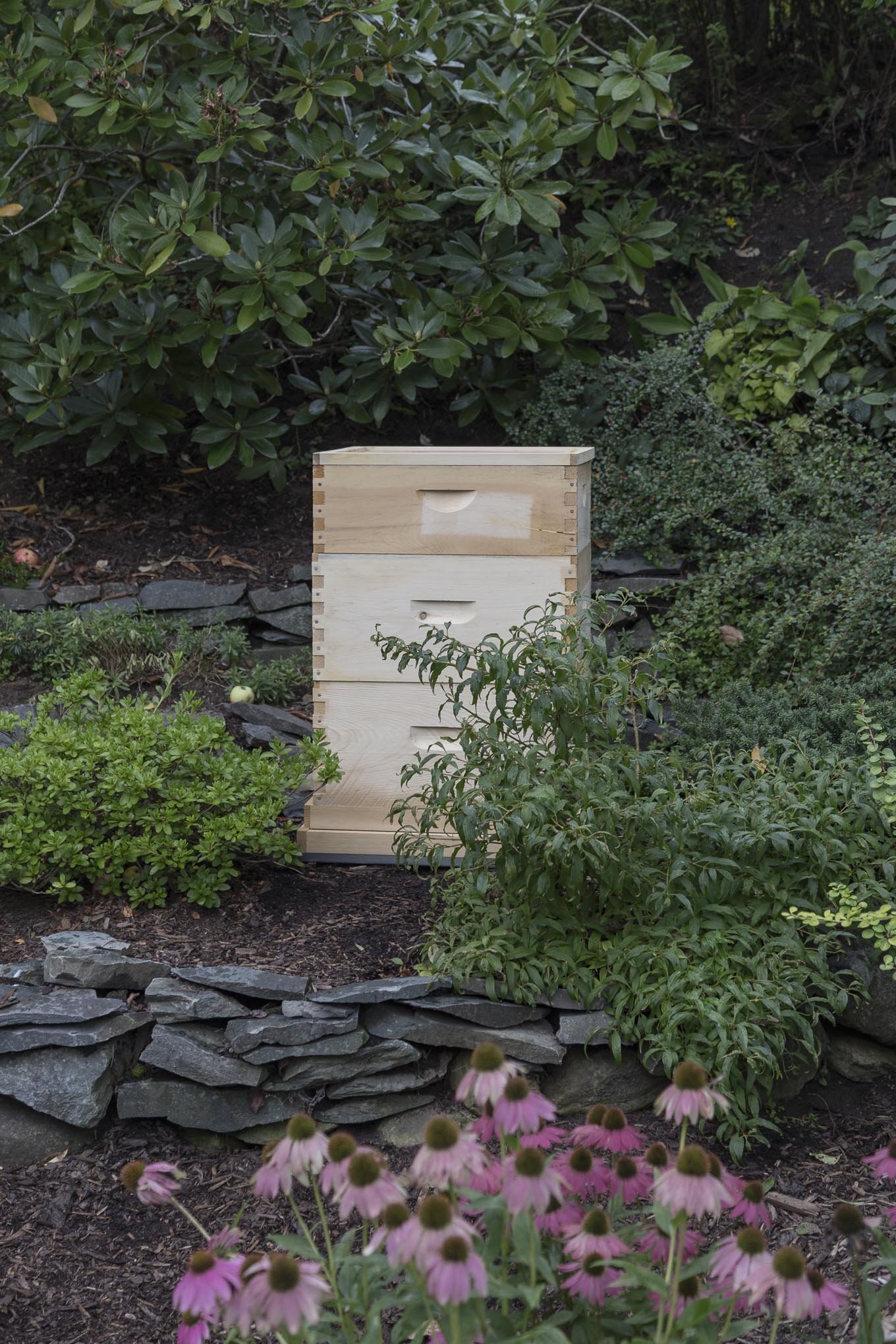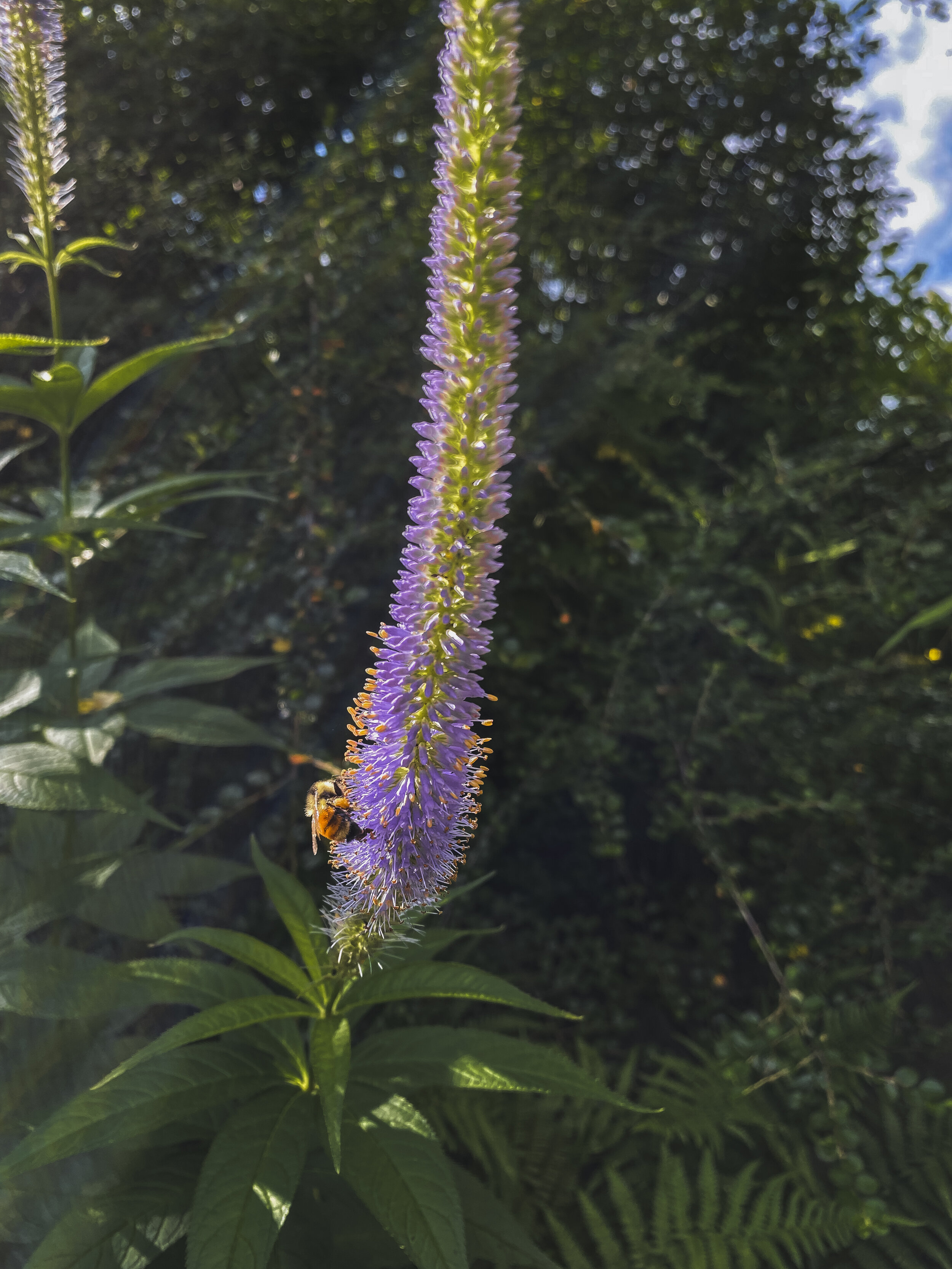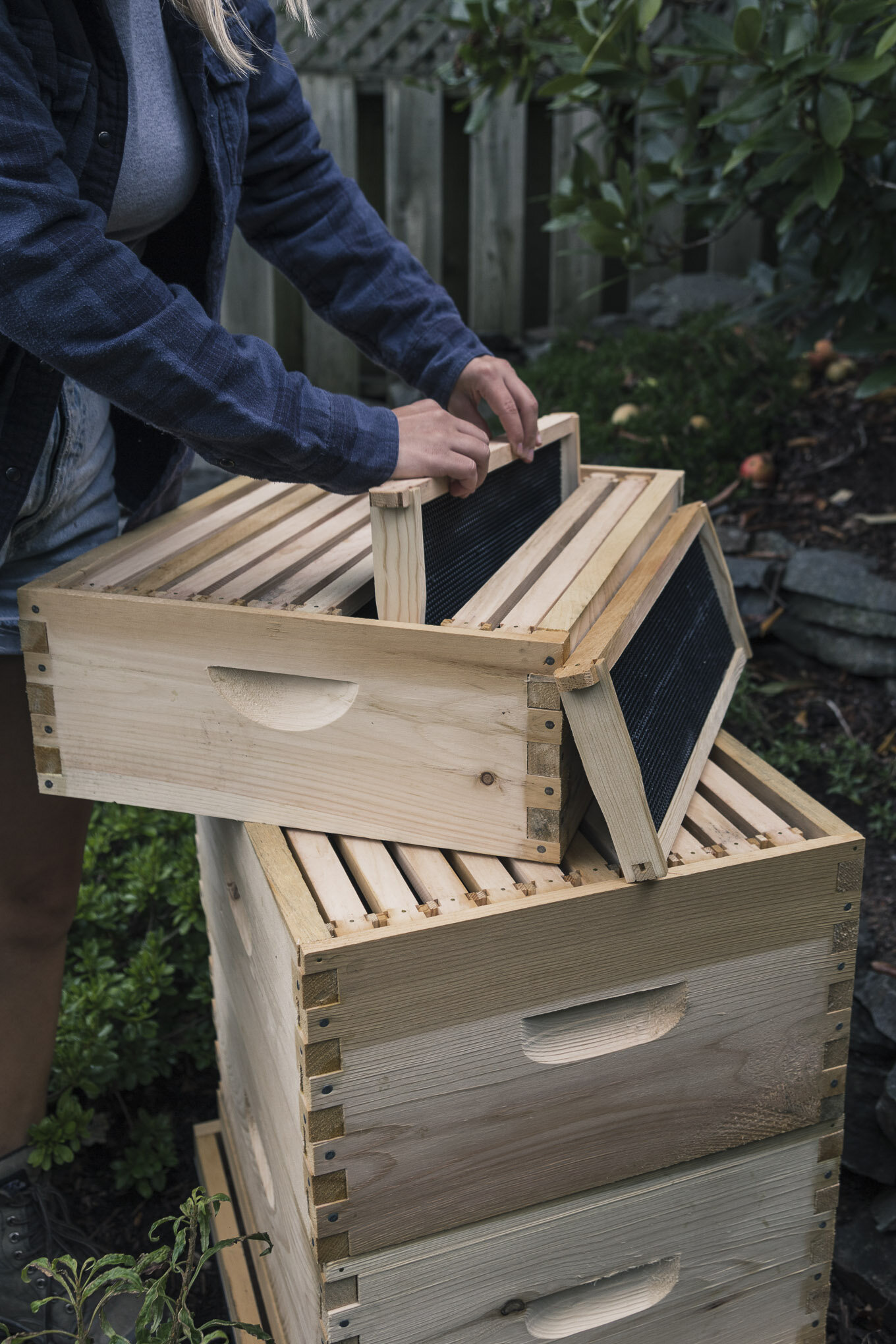Jules assembles a bee hive at the back of the garden.
I wasn’t supposed to end up here…living in a city with a tiny garden.
You see, when I left Vancouver on June 21, 1997 I was Nova Scotia bound and more specifically, rural Nova Scotia. My weekend hikes to the Garibaldi Highlands were no longer enough to offset the toll of city life. I’d been inspired by reading Thoreau’s Walden and it’s themes of being wild and free and immersed in nature.
The next 30 days were spent behind the wheel of my VW exploring the continent with ample time to envision a simpler life in a quiet, rural environment. By the time I arrived at my parents’ Pictou County farm, I felt ready to realize my dreams.
And yet…
…here I am.
To be honest, my Bedford 80’s cedar townhome with dry stacked stone walls, rough hewn hemlock and rustic corten steel appeals to my preference for a natural aesthetic. In many ways, I am blessed and it is a simple and wise choice of habitat for my dog Caper and I.
It’s just, um…
… the garden.
It’s very beautiful with many unusual and coveted plants, but not entirely the homage to Thoreau’s message that I envisioned. So, this summer, I dusted off my 1997 vision and with Jules’ guidance, we adapted it to my now twenty-four years older self.
Jules’ education in environmental science, experience as a landscaping professional and passion for protecting natural resources has made all the difference. Jules added new food sources to attract more winged friends, including berry-producing native inkberry and viburnum shrubs. She also recommended adding a heated birdbath, not for bathing but to provide access to drinking water so that birds keep hydrated during freezing periods when water is unavailable and often for lengthy periods of time.
For good measure and in view of my kitchen window, I added a tall feeding station that attracts an astonishing number and variety of birds. Caper and I like to visit Walkers Feed in Dartmouth where hundreds of ducks greet us at their door. Walker’s Canadian-made Pinebush suet is hands-down the menu favorite at the bird feeding station. I have binoculars and the National Geographic bird field guide on my kitchen windowsill. It’s a pleasure to keep fresh food and water for my beautiful wild friends.
Downy woodpeckers, a pair of cardinals (did you know they mate for life), chickadees, starlings, robins, mourning doves and blue jays visit daily. Squirrels and chipmunks were common in the spring but less frequent visitors as the season unfolds. Along the back, a naturalized bank is perfect for ground-dwelling native bees to overwinter. And, next spring, Jules will install a beehive at the back of the garden with honey bees from Country Fields in Fall River.
Simplicity is at the heart of Thoreau’s message. I am amazed that my life is so profoundly enriched by the simple, intentional act of sharing my garden with wildlife. Even Caper seems to enjoy time in the garden more.
Jules submitted her plans for my garden to the Canadian Wildlife Federation and I am proud that it has been certified as a Wildlife Friendly Habitat. You can learn more about Jules’ best practices in her new guide Gardening for Wildlife.
The following gallery of photography offers a visual journey into my garden this past summer. Most of the images are taken by our wonderful crew member and photographer Julia Nemfield. I hope you enjoy learning about wildlife gardening…and are inspired to enjoy nature, to learn about the trials our natural world is facing and to take action to protect our beautiful wild.



